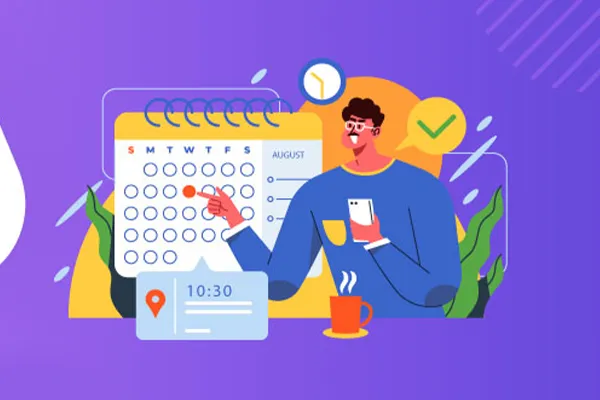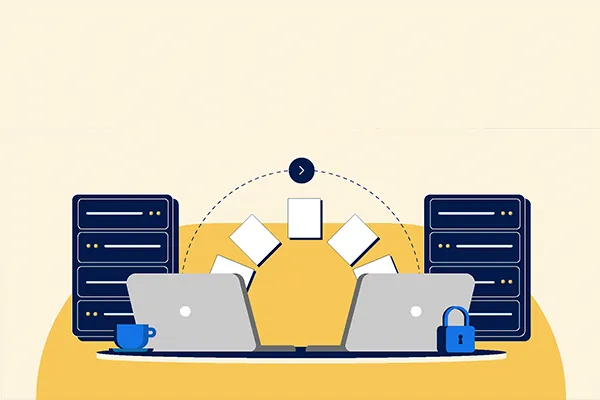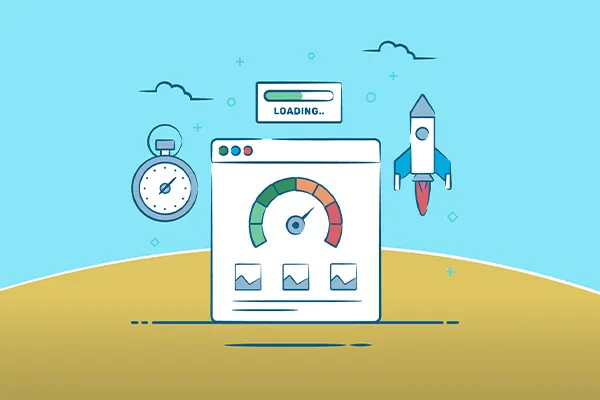There are several reasons why both beginners and professionals may find it easier to create websites on the WordPress platform:
1. Ease of use: WordPress has an intuitive user interface that makes the process of creating and managing a website quite simple. You don’t need to be an expert in programming or web development to start using WordPress. Most features are available through a user-friendly visual editor, allowing you to easily add content, images, videos, and other elements to your site.
2. Flexibility and scalability: WordPress offers a wide selection of themes and plugins that allow you to customize and extend the functionality of your website. You can choose a ready-made theme that suits your needs and use plugins to add various features, such as contact forms, image galleries, SEO tools, and much more.
3. Large community and support: WordPress is one of the most popular website-building platforms, which means there is a huge community of users, developers, and resources where you can find answers to your questions, get support, and exchange experiences. If you encounter any issues or questions, you can easily find solutions or assistance in online forums, blogs, video tutorials, and other resources.
4. SEO-friendliness: WordPress has built-in search engine optimization, making it SEO-friendly. The platform allows you to optimize page titles, meta tags, URLs, and other aspects to help your website achieve better rankings in search results.
5. Scalability: WordPress is suitable for developing websites of various scales, from small personal blogs to large corporate portals. You can start with a simple website and gradually expand its functionality and content as needed.
Overall, WordPress provides an accessible and flexible tool for website creation and management, making it popular among both beginners and professional web developers.
To learn how to create websites on WordPress, you will need the following basic knowledge and skills:
1. Web hosting and WordPress installation: Understanding the basics of working with web hosting, domain names, and the process of installing WordPress on your hosting account. Many hosting providers offer easy tools to install WordPress in just a few clicks.
2. WordPress administration: Learn the basics of WordPress administration, including working with the dashboard, creating users, managing plugins and themes, and configuring general settings and security.
3. Working with themes: Learn how to choose and install WordPress themes. Understand the theme structure, create custom templates, and customize the appearance of your website.
4. Plugins and extensions: Learn how to install and use WordPress plugins to add additional functionality to your website. Pay special attention to plugins for SEO, security, and performance optimization.
5. Working with content: Master creating and managing pages, posts, menus, and widgets. Understand how to use media files, insert images and videos, format text, and manage comments.
6. Basic HTML and CSS: While full knowledge of HTML and CSS is not required to work with WordPress, basic understanding of these languages will help you customize and adjust your website’s appearance.
Here are some steps you can take to get started:
1. Sign up with a hosting provider and install WordPress on your hosting account.
2. Explore the WordPress dashboard and key features such as creating pages and posts.
3. Explore different WordPress themes and choose one that suits your website.
4. Install the necessary plugins to extend your website’s functionality.
5. Create essential pages, set up menus, and add content to your site.
6. Learn and experiment with additional features such as SEO optimization, analytics, and social media integration.
It’s important to remember that building websites on WordPress is a continuous learning and practice process. Don’t hesitate to use available online resources, forums, and guides to expand your knowledge and skills in WordPress website development.
WooCommerce is a WordPress plugin that transforms your WordPress site into a full-fledged online store. It provides tools for managing products, orders, payments, and shipping. Here are some steps to set up and integrate payment systems and shipping methods in WooCommerce:
1. Installing and activating the plugin: In your WordPress admin panel, go to “Plugins” and click “Add New.” Search for “WooCommerce,” install, and activate the plugin.
2. Configuring basic settings: After activating the plugin, you will be prompted to complete the setup. Follow the instructions to fill in the basic information about your store, including currency, taxes, shipping settings, and more.
3. Integrating payment systems: WooCommerce supports multiple payment systems, such as PayPal, Stripe, Authorize.Net, and others. In the WooCommerce settings, go to “Payments” and choose the desired payment gateways. Follow the instructions for each gateway to connect your account and configure payment settings.
4. Setting up shipping methods: WooCommerce also offers various shipping methods, such as postal delivery, courier delivery, local pickup, and more. In WooCommerce settings, go to “Shipping” and configure shipping methods according to your requirements. You can specify shipping costs, shipping zones, and other parameters.
5. Testing payments and shipping: After setting up payment systems and shipping methods, it is recommended to place a test order to ensure everything is working correctly. Create a test product, add it to the cart, select a shipping method, and complete a test payment to verify that all processes function properly.
To learn more about configuring WooCommerce in detail, the following resources may help:
– WooCommerce Documentation: The official WooCommerce documentation provides detailed instructions on setting up and using various plugin features.
– Online courses and tutorials: There are many online courses and tutorials that offer training on WooCommerce setup and online store management on WordPress. You can find suitable courses on learning platforms such as Udemy or Coursera.
– Forums and communities: Join WooCommerce forums or user groups where you can ask questions, get advice, and share experiences with other WooCommerce users.
Keep in mind that setting up and integrating payment systems and shipping methods may depend on your business’s specific requirements and location. In some cases, additional configuration or third-party extensions may be needed to implement specific payment or shipping solutions.










